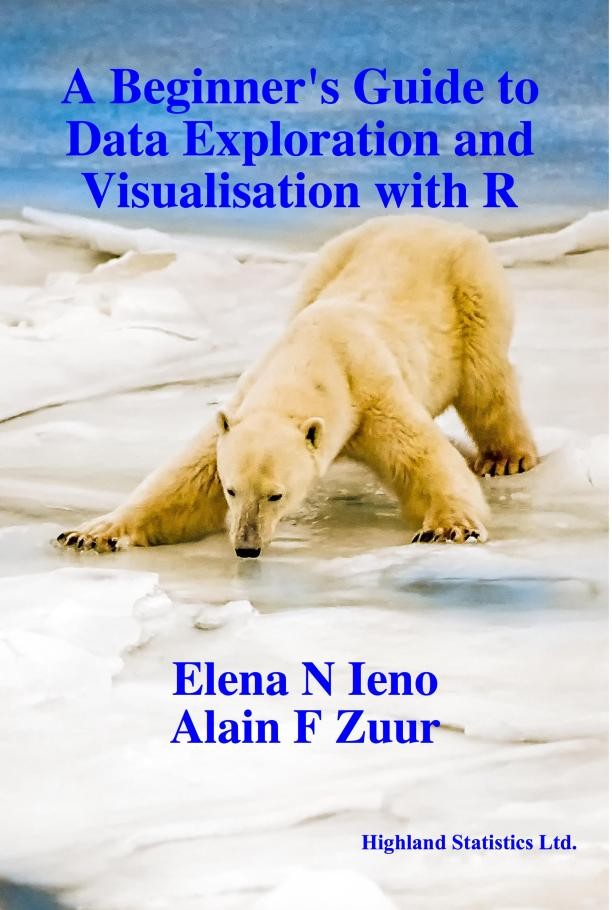Are you struggling to make the statistical aspects of your research papers clear and compelling? Do you want to enhance the likelihood of your work being published by making it easier for reviewers to understand? A Beginner’s Guide to Data Exploration and Visualisation with R offers practical solutions to these challenges. Based on the highly cited paper “A protocol for data exploration to avoid common statistical problems,” this guide provides the tools and techniques necessary to present data effectively and improve the impact of your scientific publications using R.
The book emerged from the experiences of Alain Zuur and Elena Ieno, who conduct numerous statistics courses annually through Highland Statistics Ltd. Their interactions with post-graduate and post-doctoral biological scientists revealed a common sentiment: many find the statistical components of manuscripts challenging and often difficult to fully grasp. This guide addresses this issue head-on by focusing on data exploration and visualization to simplify complex information.
A Beginner’s Guide to Data Exploration and Visualisation with R demonstrates how to improve your manuscripts by using ecological datasets to illustrate key data exploration and visualization techniques. The authors emphasize the importance of presenting statistical model results visually, a crucial element in scientific communication. By making your findings more accessible, you not only aid reviewers but also enhance the overall clarity and impact of your research.
One of the book’s central arguments is that visualizing data is paramount. Tables filled with numbers, particularly those involving interactions, can be overwhelming even for experienced statisticians. Converting these complex datasets into comprehensible graphs helps reviewers quickly grasp your methodology and results. Visualizations reveal patterns and insights that might be obscured in raw data, making your findings more persuasive and easier to validate.
Data Exploration is also crucial. This process involves understanding the nature of your data, including identifying outliers, assessing collinearity, and determining if the data quality is sufficient to address your research questions. The book provides real-world examples, such as analyzing shell length eaten by oystercatchers as a function of season, location, and feeding type. Such examples illustrate how a simple graph can reveal issues, such as insufficient data points for certain covariate combinations, leading to more informed modeling decisions.
The book includes step-by-step R code, allowing readers to replicate the examples and apply the techniques to their own datasets. It’s designed for individuals with a basic understanding of statistics; familiarity with linear regression is sufficient to get started. This practical approach ensures that readers can immediately implement the methods discussed and improve their data analysis workflows.
You can purchase A Beginner’s Guide to Data Exploration and Visualisation with R from http://www.highstat.com/BGDEV.htm in both paperback and eBook formats.
This guide is part of Highland Statistics’ Beginner’s Guide to series, which includes titles such as A Beginner’s Guide to Generalized Additive Models with R, A Beginner’s Guide to GLM and GLMM with R, and A Beginner’s Guide to GAMM with R. These resources offer comprehensive support for researchers looking to enhance their statistical skills and data presentation techniques.
